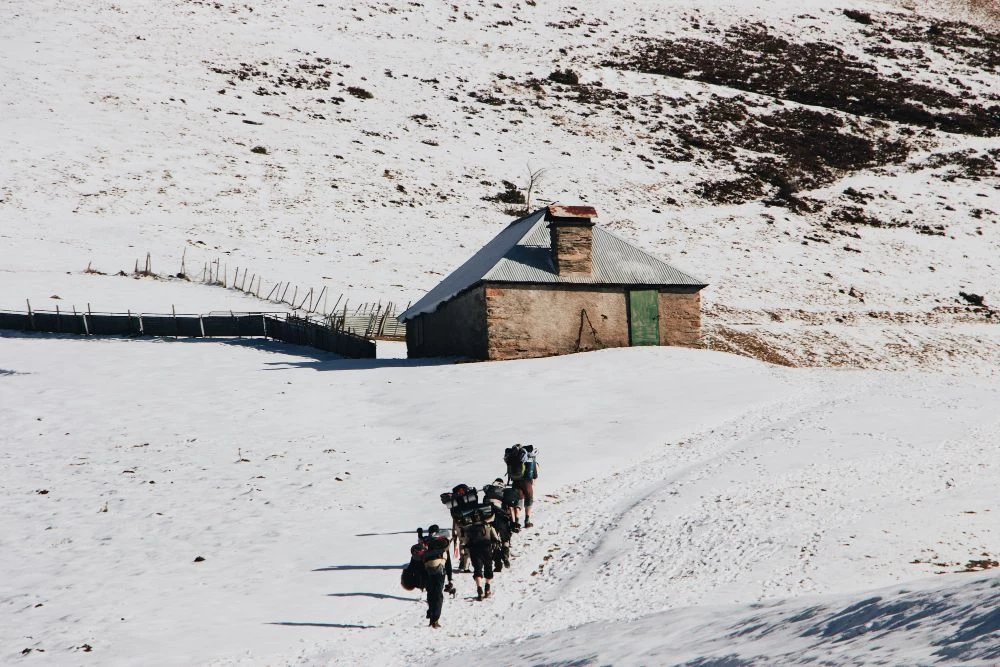
Tucked away in the northernmost reaches of India, Ladakh is not just a land of stark mountains and turquoise lakes—it's also home to a resilient and culturally rich people. Living at altitudes above 10,000 feet, the people of Ladakh have adapted to one of the harshest environments on Earth, developing a unique way of life grounded in harmony with nature, spirituality, and community.
The population of Ladakh is a mosaic of diverse ethnic groups. The predominant communities include the Ladakhi Buddhists, mainly of Tibetan descent, and the Shia Muslim Baltis and Sunnis, predominantly in the Kargil region. Despite religious differences, Ladakhis are known for their deep sense of tolerance, coexistence, and mutual respect.
Many Ladakhis speak Ladakhi, a Tibetic language written in Tibetan script. Hindi and Urdu are also commonly spoken, especially in towns and among younger generations.
Agriculture and pastoralism form the backbone of traditional Ladakhi livelihoods. People cultivate barley, wheat, and peas during the short summer growing season and raise livestock like yaks, sheep, and dzos. In recent decades, tourism has become an essential source of income.
Ladakhis live in close-knit villages, where communal labor and collective decision-making remain important. Houses are typically built using locally available materials like stone, mud bricks, and wood, designed to conserve heat in the winter.
For Buddhist Ladakhis, monasteries (gompas) play a central role in daily life. Rituals, meditation, and festivals like Losar (Tibetan New Year) and Hemis Festival bring communities together. Similarly, Muslim Ladakhis observe traditional Islamic festivals and contribute richly to the cultural landscape.
Festivals in Ladakh are vibrant and colorful, often featuring masked dances, traditional music, and elaborate costumes that reflect centuries-old beliefs and practices.
Despite modernization, Ladakhis maintain a deep connection to their traditions. However, the region faces challenges due to climate change, migration, and increasing tourism. Melting glaciers, unpredictable weather, and water scarcity are already affecting agricultural cycles and daily life.
Efforts by local NGOs and the government aim to preserve Ladakh's unique cultural and ecological heritage while empowering communities through sustainable development and education.
The people of Ladakh are a testament to human adaptability, spiritual richness, and communal harmony. As stewards of a fragile Himalayan ecosystem, they offer the world a powerful example of how to live in balance with nature—an example more vital today than ever before.